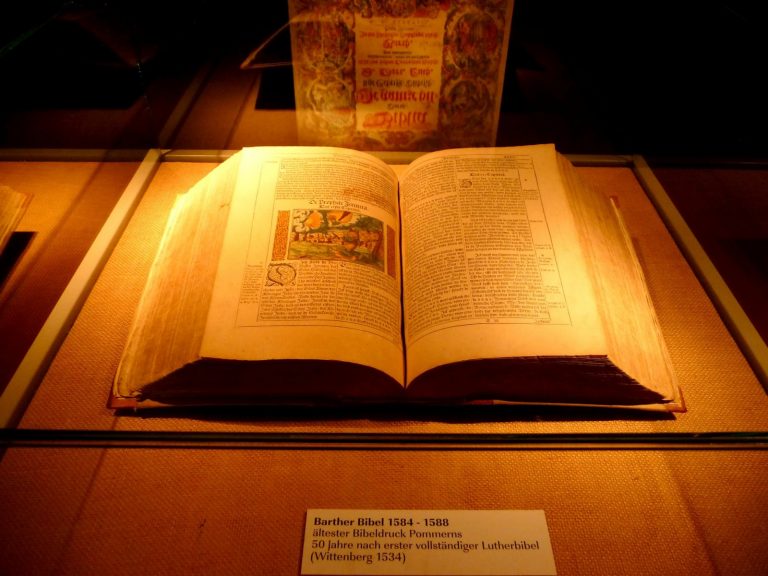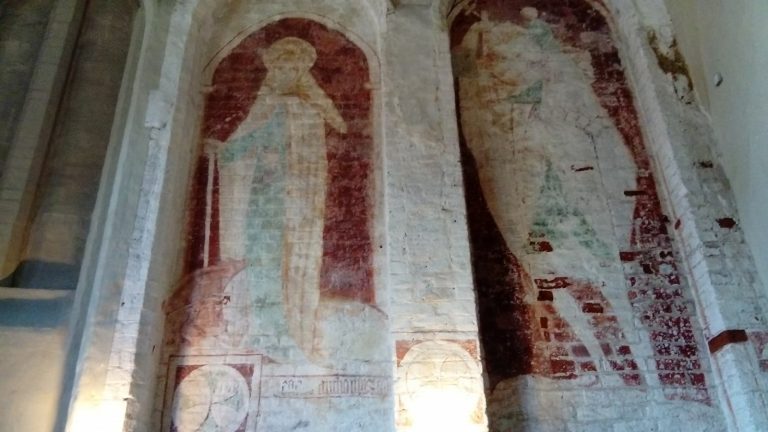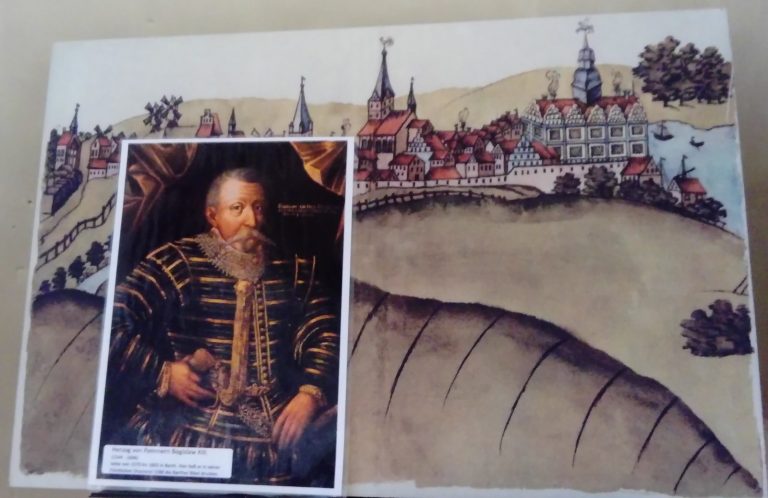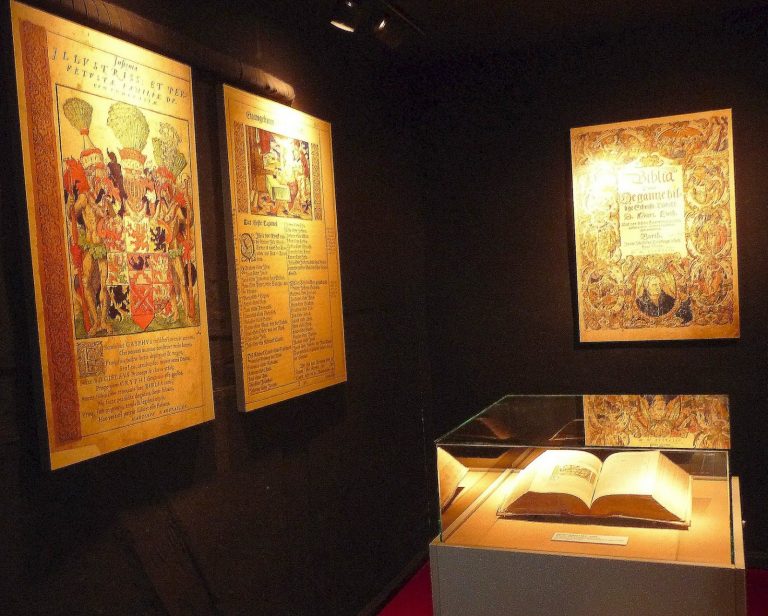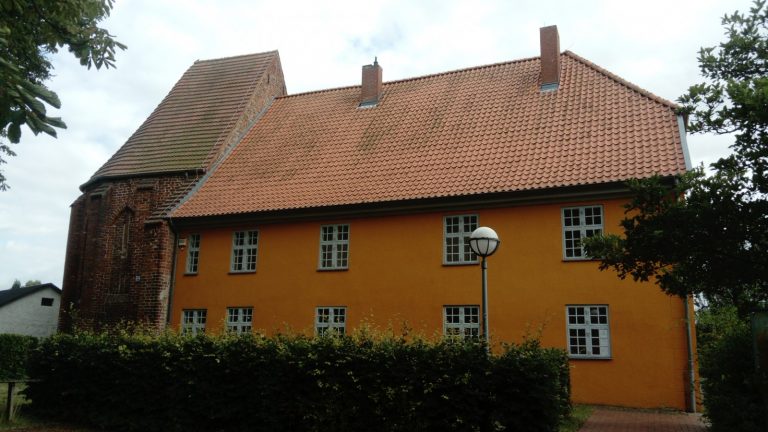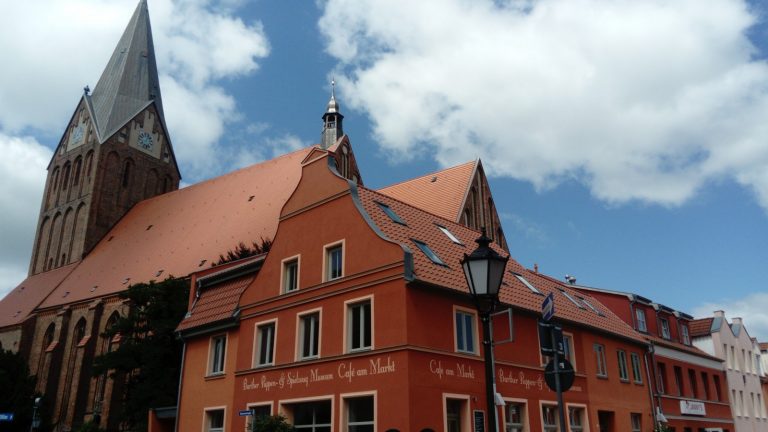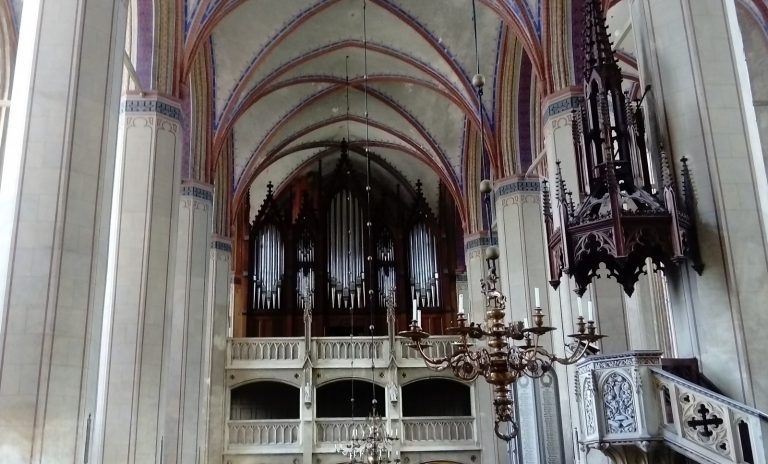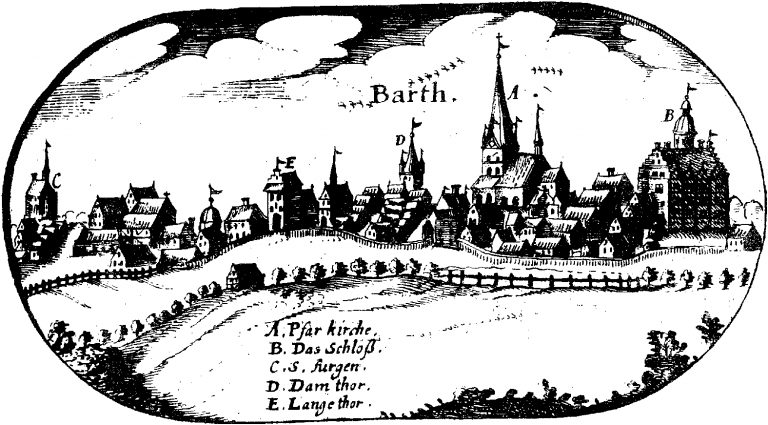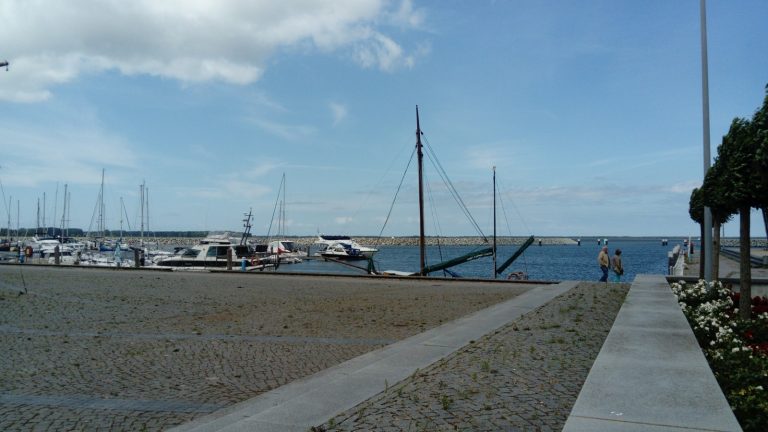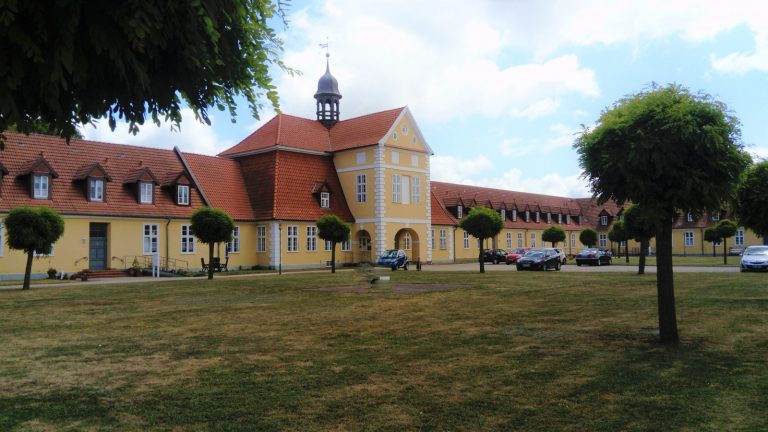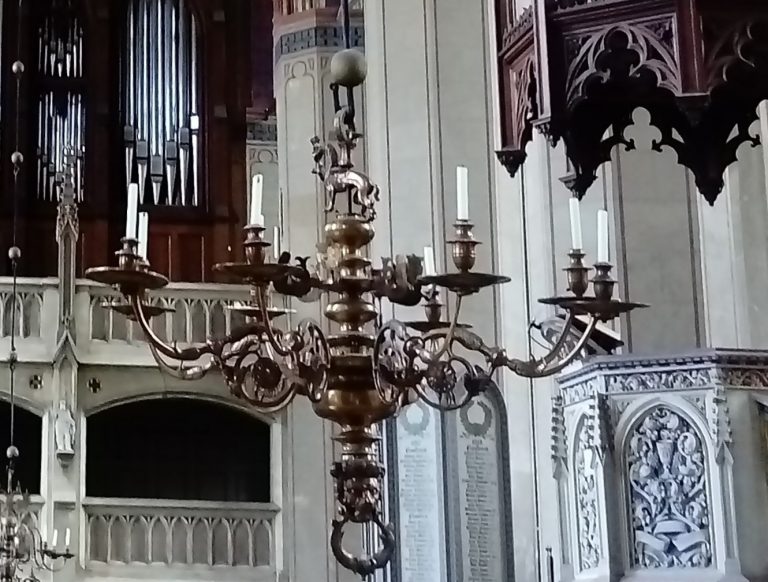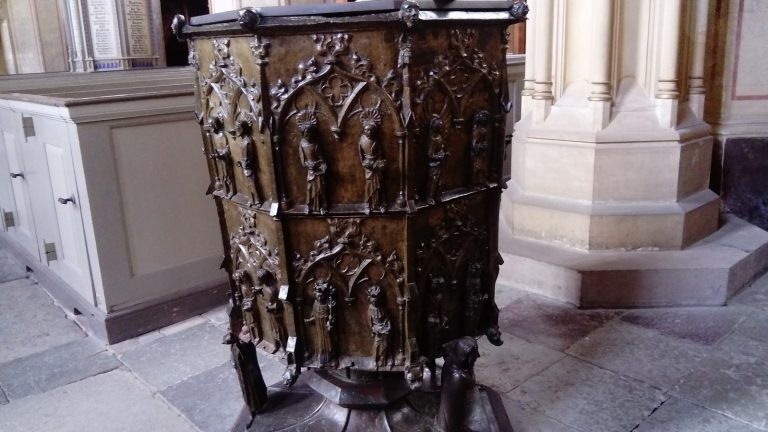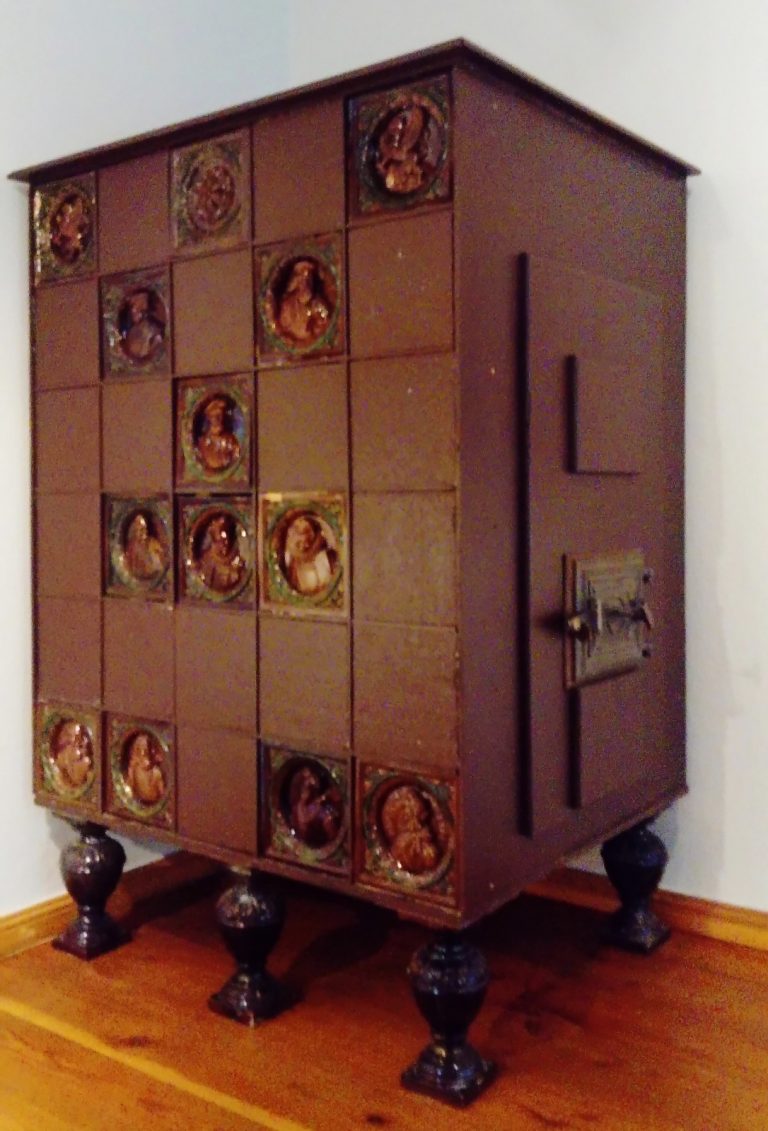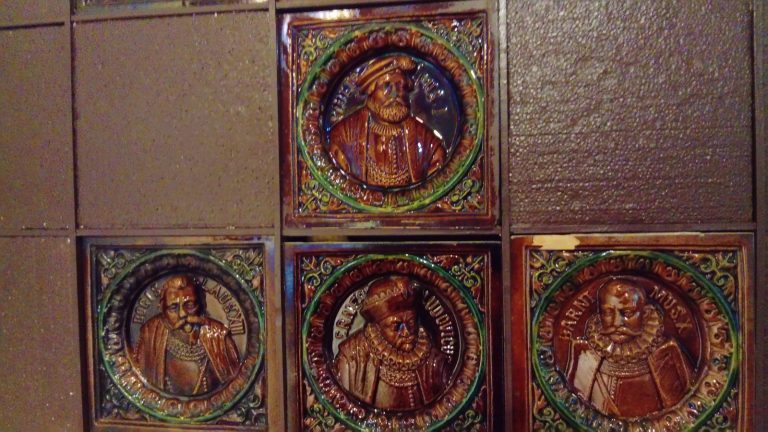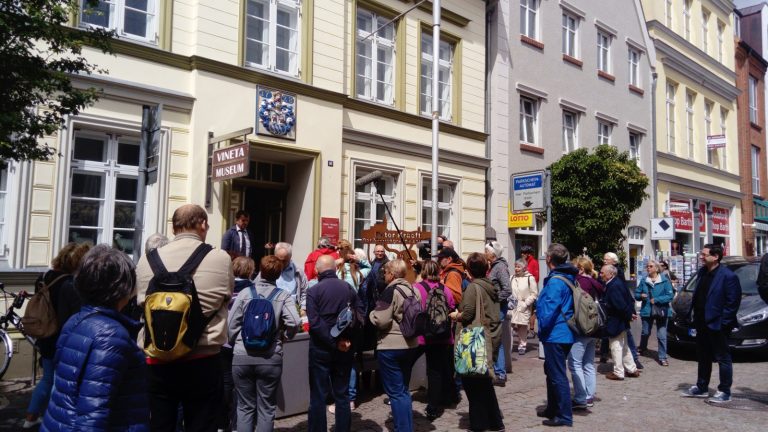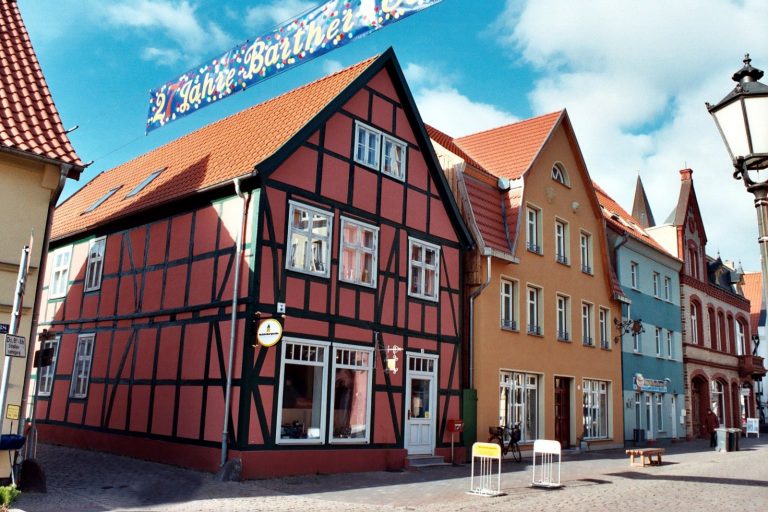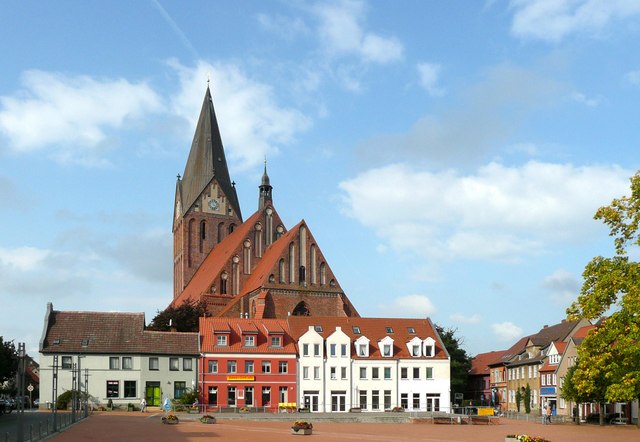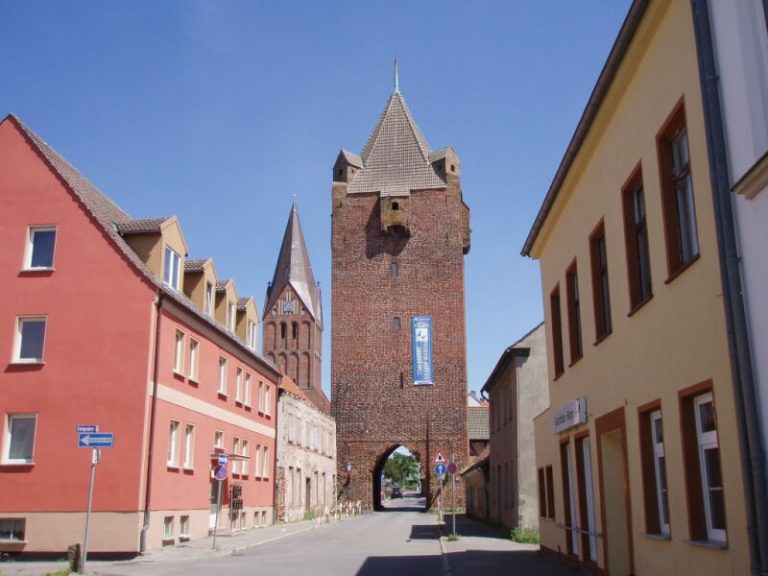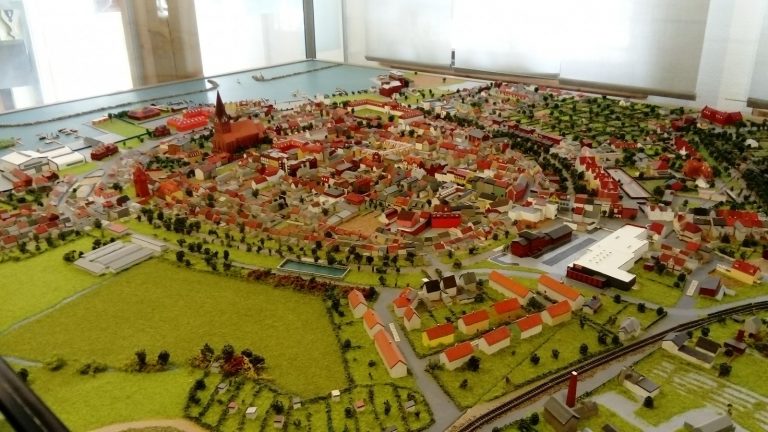LOCATION
A city in Mecklenburg-Vorpommern in Germany. You can reach Barth by car, bus or train, as well as by plane (airport in Stralsund-Barth). Barth is located on the south bank of the Bodden sea, which is why you can also get there by yacht. 54°22′N 12°43′E

SCENIC CHARACTER
The origins of Barth are unknown. Some say that it was founded by the survivors of the sunken city of Wineta. The first mention of the city dates from 1255 when the Prince of Rügen thanked the city of Barth in an official document. The last prince of Rügen, Wisław III, built a castle here in 1315. After his death the city came under the rule of the princes of Western Pomerania from the Griffin dynasty. The most distinguished ruler of the city was Bogusław XIII, to whom the city owes the sewage system, the pharmacy and the school. He also founded the first printing house, in which 700 copies of Luther’s Bible (in the years 1584 – 1588) were printed in modern technology. You can get to know this story by visiting the Bibel Centrum in the former Church of St. George. Currently in the place of the former castle there is a palace in which there is a nursing home. St. Mary’s Church is also worth visiting. You might want to take note of one of the chandeliers that presents the suffering griffin. It is dedicated to the memory of the six dead children of Bogusław XIII. In the Church there is a crypt were those children were buried. In the place of the former defensive walls there are tenement houses and above the bay there is a marina.
ATTRACTIONS
Tsunami on the Baltic. Once upon a time one of the largest city of Europe of that time was located at the Baltic Sea at the mouth of the Oder River. The city’s name was Wineta. It was a great port and a commercial centre. Information about this city can be found in old chronicles. It isn’t known where exactly the Wineta was located, because no remains of this city were ever found. However, there is no doubt that it was somewhere in the current Pomeranian Bay. In myths this Slavic city is described as not only very rich, but even luxurious. The city flourished most probably around the eighth century. Apparently, the residents ran a dissolute and sinful lifestyle. One day a powerful thunder, coming from the depths of the sea, and high waves suddenly hit the coast and ventured far into the land, wreaking havoc as they drowned people and animals. It was thought to be a punishment for ungodliness and debauchery. This event is confirmed by historical and scientific evidence. After the catastrophe the Swedes had taken gold, silver, tin and marble and transported it by ship to Gotland. It is believed that the inhabitants of Wineta who managed to survive the disaster founded the city called Barth. There is a museum dedicated to Wineta and every year Wineta Festival is held in the city. Wineta is gone, but the memory of this great city has remained to this day not only in Barth, Germany, but also in Wolin, where there is an open-air museum of the Slavs and Vikings Center in Jomsborg – Vineta Wolin where every year in the first weekend of August there is a festival of Slavs and Vikings, during which you can find echoes of the former Wineta.




